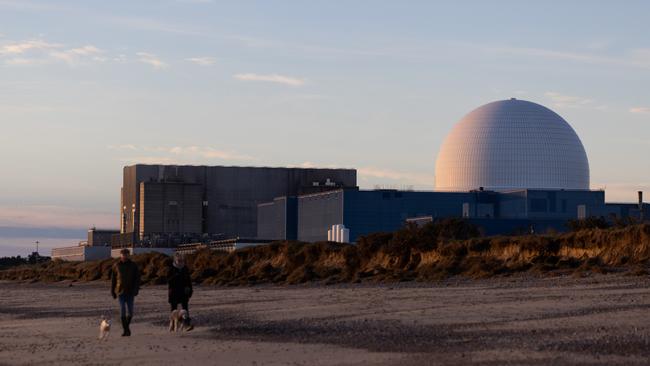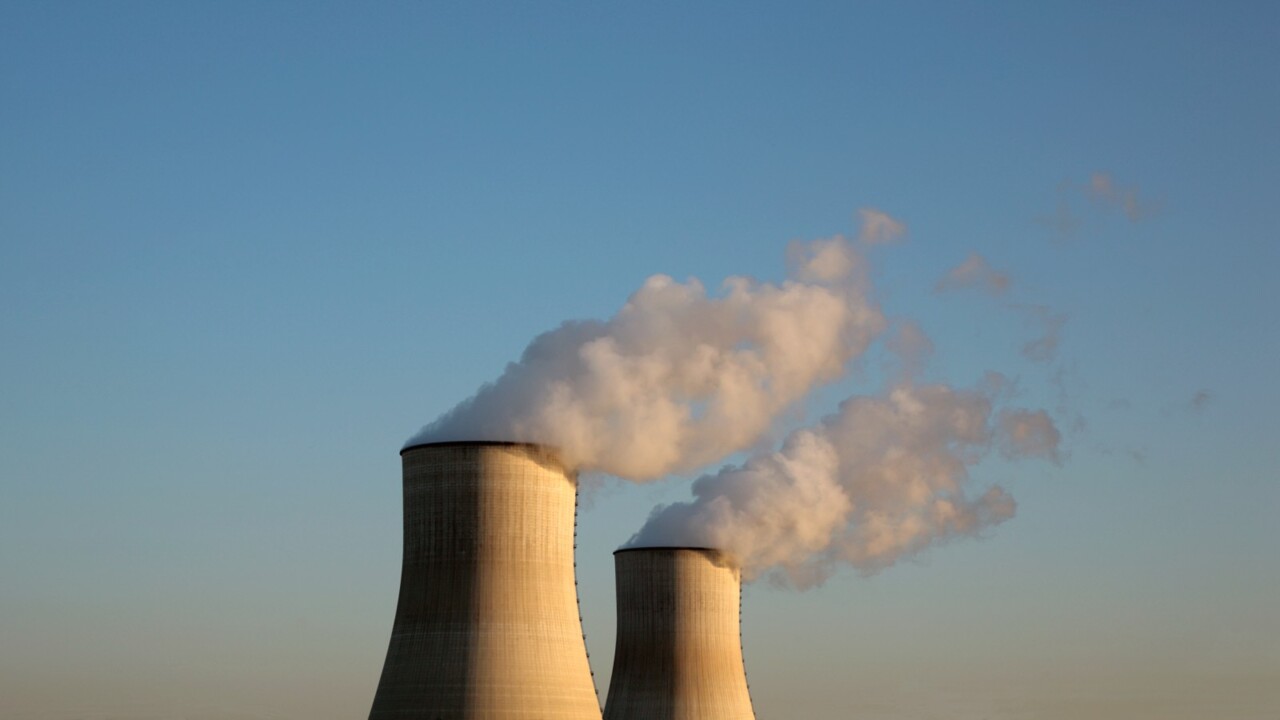Ban on nuclear power holding Australia back
The UK and Australia harbour ambitions to be ‘clean energy superpowers’ but they are going about it differently, and nuclear remains a point of difference.

This month, the Albanese Australian government announced it would not renew the mining lease for the Jabiluka uranium project in the Northern Territory.
The Jabiluka decision was quickly challenged by the mining company Energy Resources of Australia. It may end up being determined by the courts.
Last month, Sir Keir Starmer stormed to victory in the British general election.
Starmer has reaffirmed the UK’s commitment to the global energy transition. He has declared that the UK will reduce its emissions to net zero by the end of the century and become a “clean energy superpower”.
The UK and Australia each now have the ambition to be clean energy superpowers but they are going about it differently. State ownership has much to do with it.
The UK strategy will include a new state-owned company, Great British Energy. It will have an independent board of directors and be based in Scotland.
The existing state-owned company, Great British Nuclear, will continue in the specialist field of nuclear energy.
GBE and GBN will be expected to work alongside each other.
In the 1970s, I visited the newly completed Oldbury nuclear reactor on the Severn Estuary near Wales. The Brits then told me they were keen to boost their use of Australian uranium as reactor fuel.
Half a century later, I have little doubt that the Brits would still like to work with Australia if Australia would let them.
My colleague Tony Irwin, an English-trained nuclear operations engineer, worked on the Oldbury power station commissioning. Later, Irwin migrated to Australia and headed the commissioning team for ANSTO’s nuclear research reactor at Lucas Heights outside Sydney.
After finishing at Lucas Heights, Irwin and I helped set up SMR Nuclear Technology Pty Ltd as an Australian consultancy.

Irwin also became an honorary associate professor at the Australian National University, where he lectures students from a wide range of industries and government agencies, including the Department of Defence.
Last month, however, Australian Climate Change and Energy Minister Chris Bowen told the National Press Club that, so long as he had anything to do with it, Australia would have nothing to do with nuclear power.
Bowen’s position cannot sit well with Australia’s AUKUS defence treaty partners, the UK and the US.
Peter Dutton’s Liberal/ National Party Coalition seems keen to use nuclear power to reduce greenhouse gas emissions.
Nuclear power doesn’t need to stand in the way of renewable energy technologies.
Australia remains a leading mining nation, with substantial undeveloped resources of uranium and other minerals.
However, for the better part of 50 years, Australia has hummed and hawed about what to do with its undeveloped resources of uranium.
In the 1970s, the Whitlam government nationalised the Ranger uranium project in the Northern Territory and commenced development.
Just a few years later, the Fraser government divested itself of the project to Energy Resources of Australia, which then floated on the ASX.
In December 2023, Australia and other participants in the UN Climate Conference in Dubai (COP 28) affirmed their commitment to achieve net-zero greenhouse gas emissions by 2050.
Some COP 28 participants called for the expansion of nuclear energy but Australia shied away.
Dutton seems to think that 2024 may be a good year for Australia to reactivate the case for a technology-neutral energy policy. He may be right.
Renewables make a lot of sense in sunny Australia but need to be supported by storage technologies and transported to centres of demand. This imposes additional costs. The longer the distance, the more costly the transportation – and, hence the energy itself – becomes.
Nuclear power is now used for electricity generation in 32 countries, and 30 newcomer countries are considering it.
The AUKUS initiative has guaranteed that Australia will use nuclear energy for submarine propulsion. Surely nuclear energy should now also be considered for civil nuclear generation.
In the US, small-scale mobile nuclear reactors are now at an advanced stage of development as a strategic asset to back up onshore power supply to the US military.
It may now be feasible for the Australian mining industry to install mobile nuclear microreactors across its vast mining landscape. To pursue this, Australia would need to repeal its archaic ban on nuclear power.
Diverse technology is the key to bridging the gap between the climate problem and the climate solution – it is the key to the success of the entire energy transition.
Nuclear energy, as well as the continued and efficient use of fossil fuels, must have some part to play.
Uranium mining and nuclear energy have now been a political football in Australia for half a century.
Robert Pritchard is executive director of the Energy Policy Institute of Australia





To join the conversation, please log in. Don't have an account? Register
Join the conversation, you are commenting as Logout